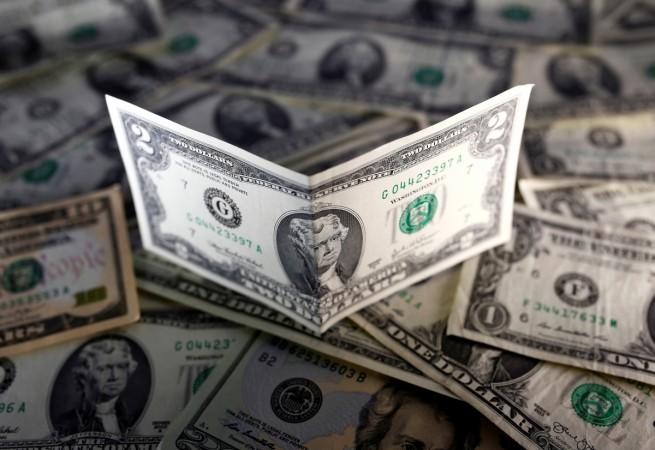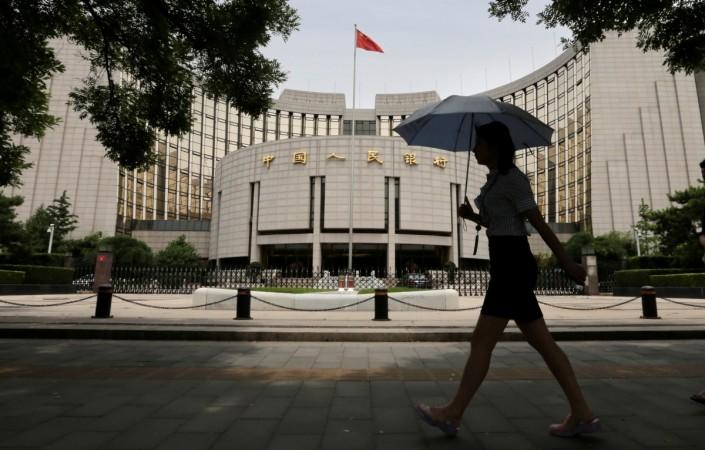
India, acknowledged as the world's fastest-growing economy, experienced bouts of volatility in its foreign exchange reserves that are about a tenth of its biggest neighbour, China.
Read: India gears up for redemption of $25 billion FCNR deposits; forex reserves fall
The reserves stood at $359.67 billion as of December 23 2016, according to the last update for the year by the Reserve Bank of India (RBI) released on Friday. Foreign currency assets (FCAs), which form the biggest component of the reserves, stood at $335.9 billion while gold reserves were $19.98 billion.
The status as of December 30 will be published next year (January 6 2017).
In calendar year 2016, India's foreign exchange reserves rose from $350.36 billion as of January 2 2016 to a historic high of $371.99 billion as of September 30 2016 but later dropped on account of three reasons — redemption of FCNR (foreign currency non-resident) deposits raised in 2013, flight of capital by foreign investors due to US Federal Reserve hiking interest rates and last but not the least, uncertainty caused by demonetisation.
The FCNR deposit redemption was seen as one of the reasons for the $4.36 billion drop in the first week of October this year, though there was no official confirmation for the fall.
"Some $25 billion in foreign currency non-resident or FCNR (B) deposits raised to stabilize the rupee in 2013 will be maturing in Sep-Nov. About four-fifths of these deposits are unlikely to be rolled over, which in turn, could result in $20 billion in outflows. Expect some short-term impact on the balance of payments, strain on domestic liquidity conditions and a temporary bout of rupee volatility," Radhika Rao, economist, group research at DBS Bank, had said in her June 10 note.
"Of the total $34 billion raised, banks mobilised $24-25 billion under the FCNR (B) deposits, which they then swapped with the RBI at attractive rates. This involved the central bank providing rupees in return for dollars to the banks, which will be neutralised at maturity as the banks return the rupees to the RBI, in exchange for their dollars (plus interest)," she had explained.
In the middle of the year, India's foreign exchange reserves stood at $363.71 billion (as of July, 2016).
The stock markets ended calendar 2016 on a positive note, with the BSE Sensex and the NSE Nifty closing with gains in contrast to losses in calendar year 2015. The rupee lost 2.67 percent to the US dollar and ended at 67.93 on Friday (December 30).

















